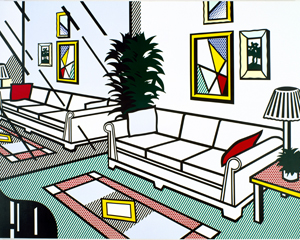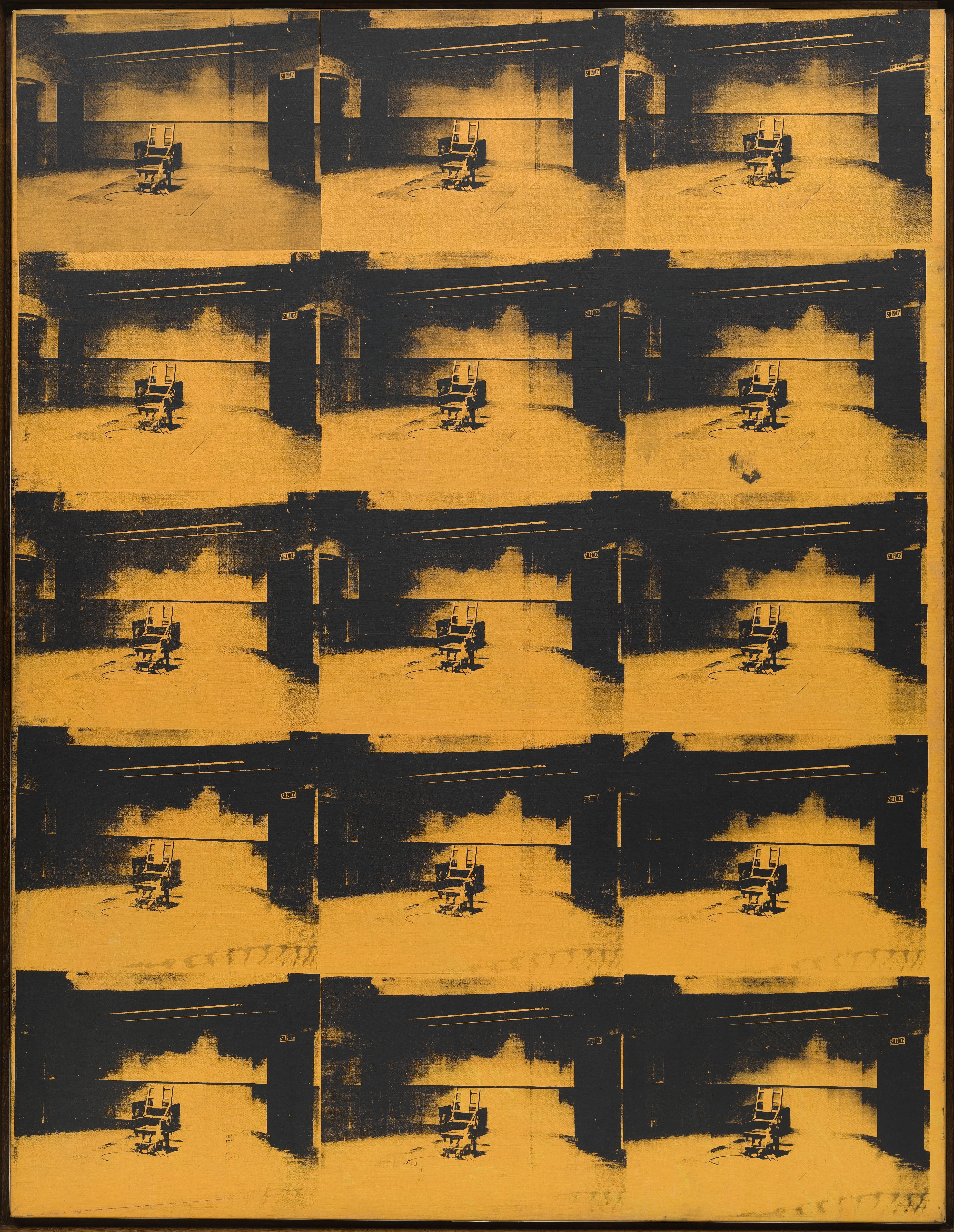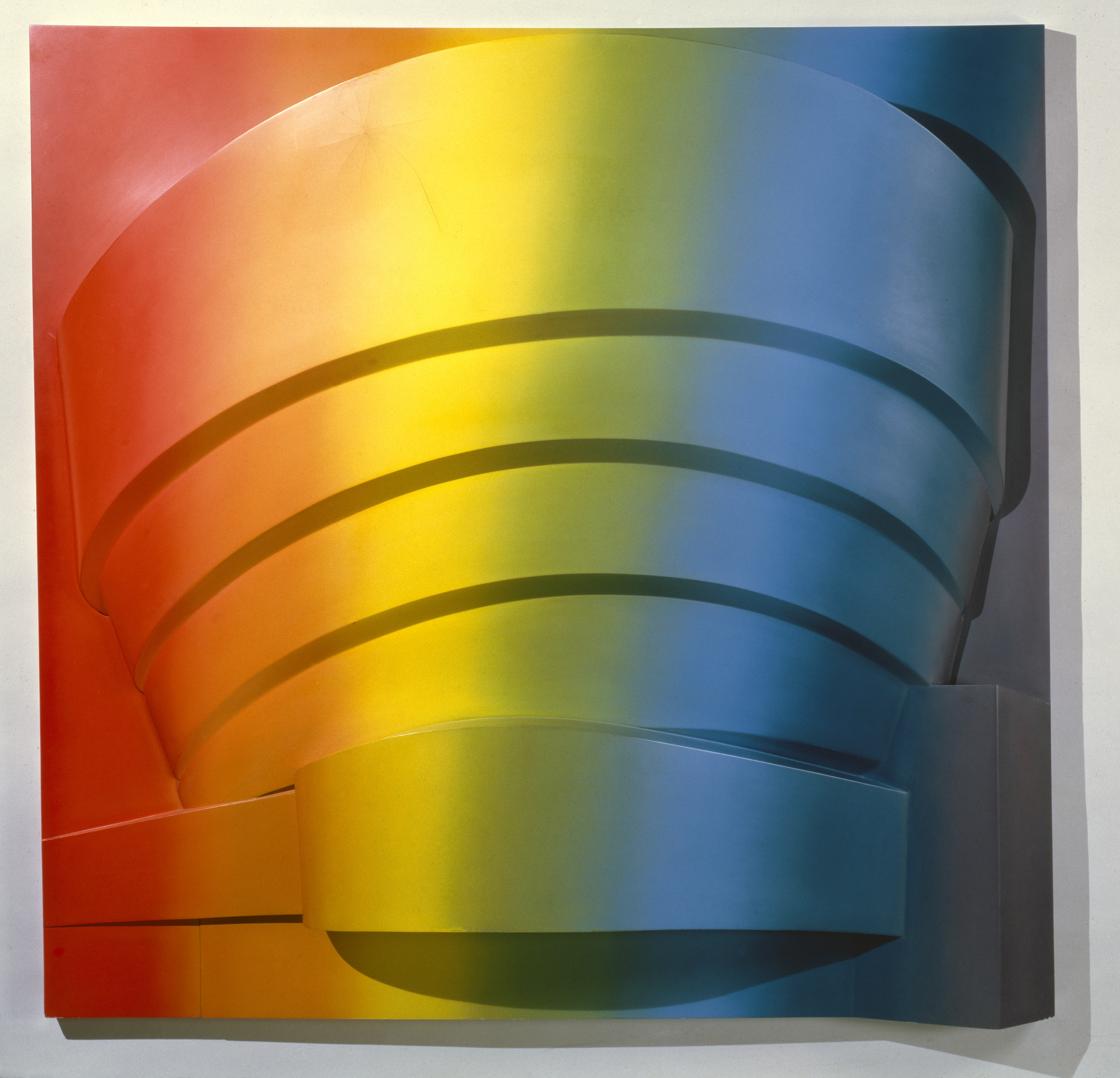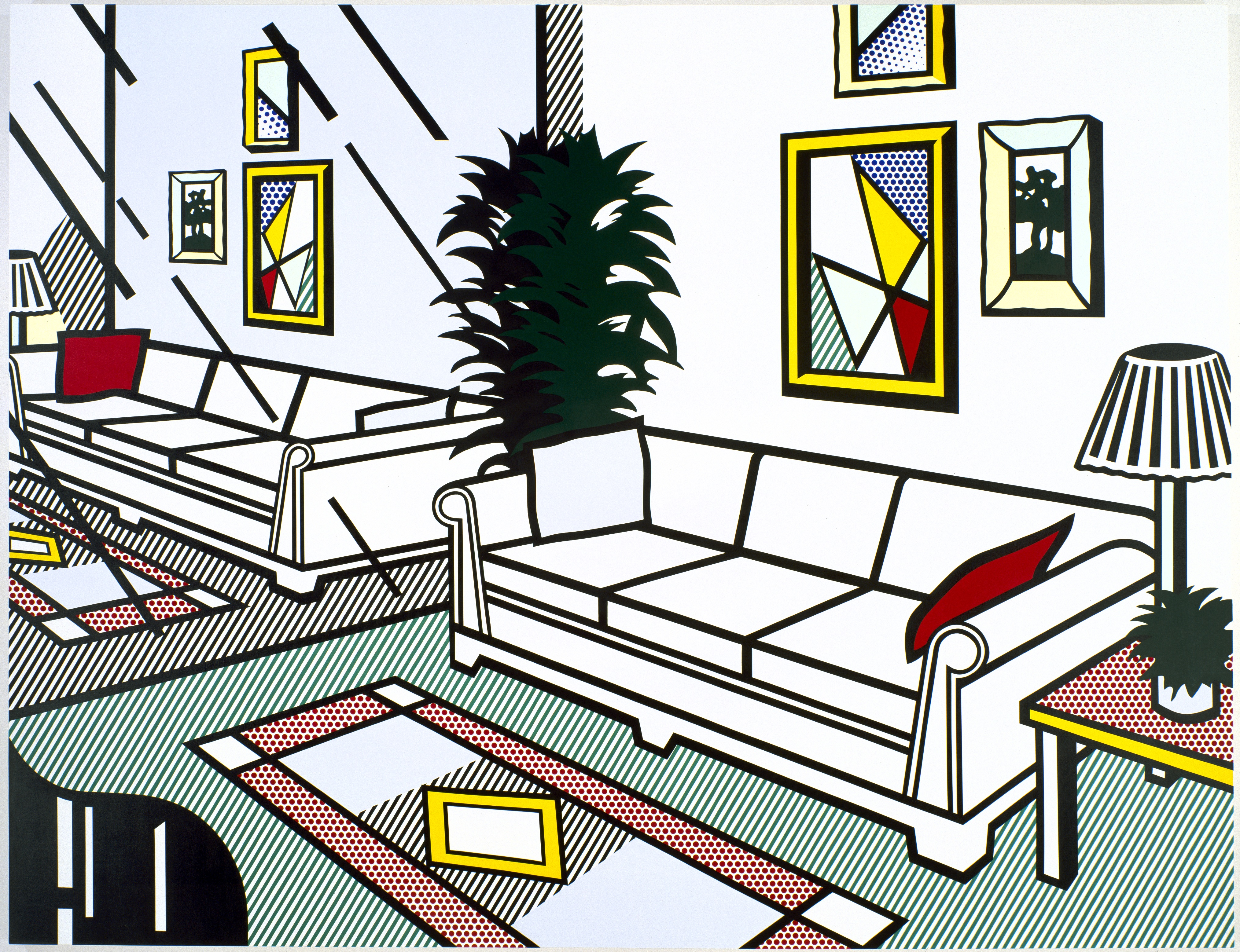"Pop Objects and Icons from the Guggenheim Collection"
Pioneered in England in the late 1950s, the Pop art movement took hold in America after support from critics, including British critic Lawrence Alloway, who coined the term “Pop art” in 1958 and organized the seminal 1963 Guggenheim exhibition Six Painters and the Object. Encouraged by the economic vitality and consumerist culture of post–World War II America, artists such as Roy Lichtenstein, Claes Oldenburg, James Rosenquist, and Andy Warhol explored the image world of popular culture—from which the movement’s name derives—and took inspiration from advertisements, pulp magazines, billboards, movies, television, and comic strips.
The cool detachment and harsh, impersonal look of Pop art signaled a direct assault on the hallowed traditions of “high art” and the personal gesture, so strongly championed by the previous generation of Abstract Expressionists. The images, presented with—and sometimes transformed by—humor, wit, and irony, may be read as both an unabashed celebration and a scathing critique of popular culture.
Pop Objects and Icons from the Guggenheim Collection features a focused group of works by nine artists, from forerunners of the movement such as Robert Rauschenberg, to early practitioners who continued to work in this vein throughout their careers, including Lichtenstein and Rosenquist. The paintings and sculptures on view examine various artists’ engagement with Pop art and the Guggenheim’s ongoing interest in the legacy of the style.
Pop Objects and Icons from the Guggenheim Collection is on view on Annex Level 7 until February 8, 2012.
























